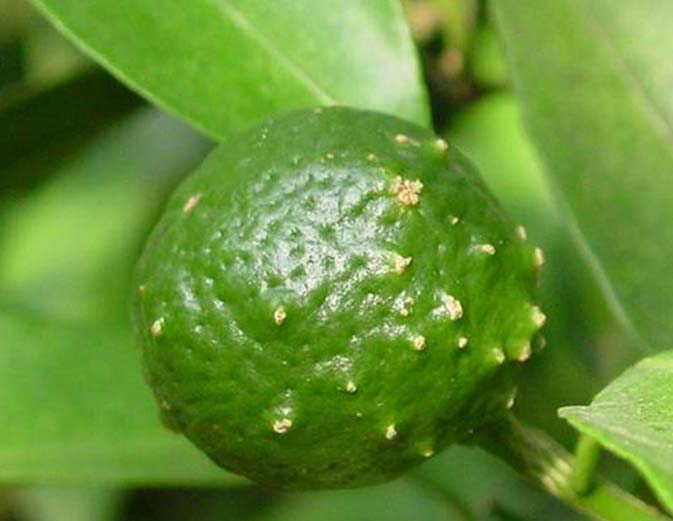
CHLOROS® Chlorantraniliprole 10% + Chlorfenapyr 20 % SC Insecticide
Product Introduction
Chlorantraniliprole 10% + Chlorfenapyr 20 % SC
Product Feature
This product is an insecticide composed of Chlorfenapyr and Chlorantraniliprole, which has stomach toxicity and contact killing effects.
Product Feature
This product is an insecticide composed of Chlorfenapyr and Chlorantraniliprole, which has stomach toxicity and contact killing effects.
Advantage
Broad spectrum: This mixture can control a wider variety of pests, including those that are already resistant.
Higher efficacy: This mixture can improve the insecticidal effect, especially in controlling resistant pests.
Delaying resistance development: This mixture with different mode of action can delay the development of resistance.
Applicable Crops
Rice, wheat , tomato , mango ,cabbage, chili ,other vegetable and fruit trees





Targets
Rice planthopper , Beet armyworm, Diamonback moth, Rice stem borer , Thrips, and etc





Uses and Recommendations
Crops | Targets | Dosage(formulation) | Method |
Cabbage | Diamonback moth | 225 -375 m l/Ha | Spraying |
1. Add water and evenly spray once from the peak incubation period of Diamonback moth eggs to the beginning of young larvae.
2. Do not apply pesticides on windy days or when it is expected to rain within 1 hour.
3. The safe interval for using this product on cabbage is 10 days, with a maximum of 2 uses per crop cycle. The recommended water usage in China is 600-750 kilograms per ha.
Cautions
The product is irritating to the eyes. When using this product, appropriate protective equipment such as long clothes, pants, boots, gloves, glasses, masks, etc. should be worn to avoid contact with the eyes and inhalation of the medication; Do not eat, drink, smoke, etc. during the pesticide application period; After applying pesticides, it is necessary to wash hands and face promptly, and wash the clothes worn during pesticide application
Pesticide packaging waste shall not be discarded or disposed of at will, and shall be promptly returned to pesticide operators or pesticide packaging waste recycling stations; Prohibited in aquaculture areas, river ponds, and nearby water bodies; It is prohibited to clean pesticide application equipment in water bodies such as rivers and ponds, and the remaining medicinal solution after application must not be dumped at will; Prohibited in bird protection areas and their vicinity; The flowering period of pesticide fields and their surrounding plants is prohibited, and close attention should be paid to the impact on nearby bee colonies when using them; Notify beekeepers within 3000 meters of the location of the pesticide application to take timely safety precautions 3 days in advance; Prohibited near mulberry fields and silkworm rooms; The release area of natural enemies such as red eyed wasps is prohibited.
Pregnant and lactating women are prohibited from coming into contact with this product.



























